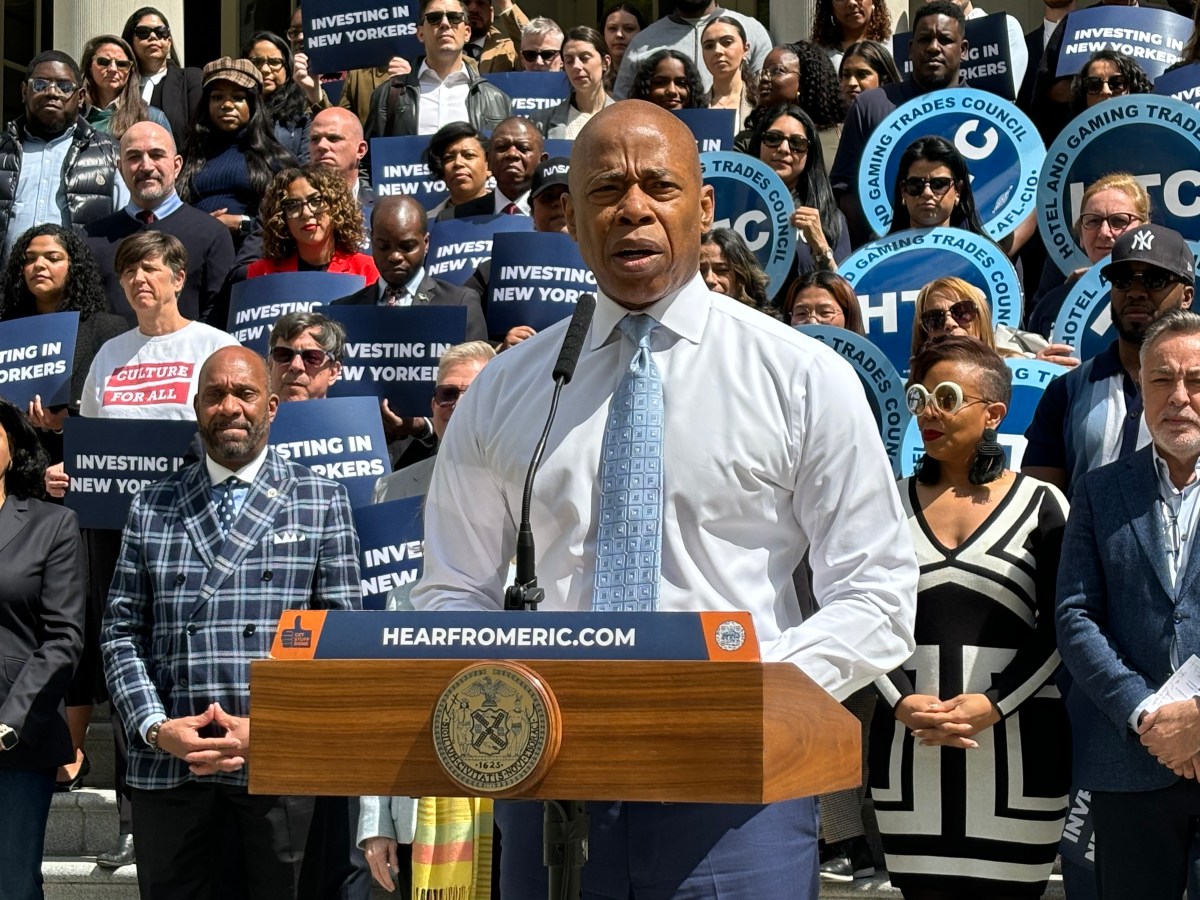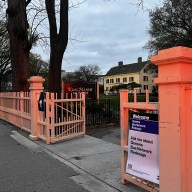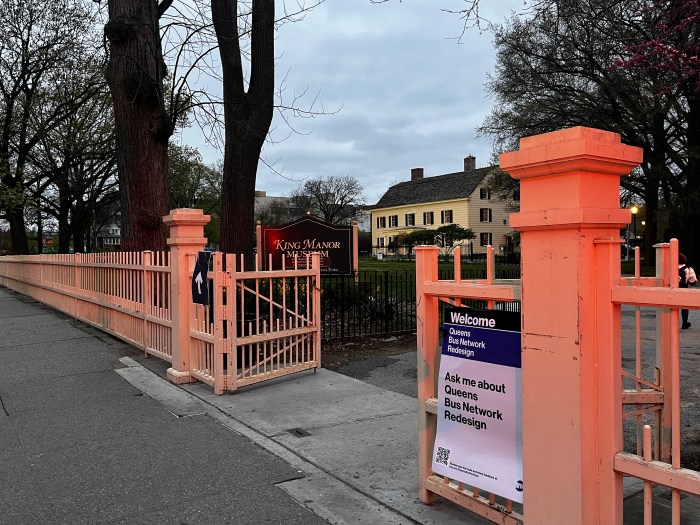By Philip Newman
Evidence of the remarkable legacy left by Moses is on display in hundreds of photographs, many shown for the first time, along with architectural drawings and text at the Queens Museum of Art as well as Columbia University and the Museum of the City of New York. The exhibitions are collectively titled “Robert Moses and the Modern City.” Each location features a different aspect of Moses's career, with Queens exhibiting “Robert Moses and the Road to Recreation.”Among the first of Moses's pools, which he saw as essential since New York's rivers and other waters had long been polluted by sewage and industrial waste, was the grandest of them all, Astoria Pool near Hell's Gate Bridge. It was followed by a long list of parks, such as Flushing Meadows, playgrounds, bridges, parkways and public housing.When hired as parks commissioner, Moses already was renowned for Jones Beach State Park, a seaside resort of almost unprecedented elegance that was completed in 1929 when he was a Long Island state park commissioner. Although Moses had great early support because of his ability to move city projects forward Ð he threatened to resign numerous times if he did not get his way Ð he came under criticism later. Some detractors accused him of having a bullying manner and a willful attitude in forcing residents out of city neighborhoods that his projects carved up and sometimes destroyed. His legacy was also questioned because of his proclivity for “slum clearance,” which destroyed old neighborhoods and were exchanged for what critics saw as dehumanizing public housing high-rises known as superblocks.Some saw Moses as contemptuous toward the poor. But on occasion, he demanded that police stop what he said was harassment of tenement dwellers who flocked to parks at night seeking relief from summer heat. He also kept pools open late during heat waves.The organizers who began putting together this ambitious exhibit three years ago undoubtedly felt it was time Ð 26 years after Moses died in 1981 at the age of 92 Ð to take another look at the man who rebuilt and shaped New York City. The city is more attractive now than in the doldrums of the mid-'70s when Robert Caro's Pulitzer Prize-winning book, “The Power Broker,” portrayed Moses as a tyrant who contributed mightily to New York's downfall even though his accomplishments were astonishing.”You need not live in a city, but you must be nearby or visit now and then if you expect to be recognized as a civilized man,” said Moses, who was born in New Haven, Conn. and educated at Yale and Oxford. He spent most of his life from youth onward in a Manhattan townhouse.To that end, Moses said, he built to make life better for urbanites.In a 26-year period, he increased New York City parks from 14,000 acres to 34,693 acres, playgrounds from 119 to 779 and promoted the Tavern on the Green, which was built on the site of a shepherd's shack in Central Park. Moses saw to it that the restaurant provided meals within the reach of the middle-class pocketbook. A 1937 menu lists lobster as the most expensive item. It was $1.75.Of all his projects, Moses seemed the most delighted with bridges. He built the Triborough (1936), Ward's Island Pedestrian (1951), Henry Hudson (1936), Marine Parkway (1937), Bronx Whitestone (1939), Little Hell Gate (1937-torn down 1996), Cross Bay (1939), Throgs Neck (1961),Ward's Island Pedestrian Bridge (1951) and the Verrazano Narrows (1964).He built Grand Central Parkway, Interborough Parkway, Laurelton Parkway, Gowanus Expressway, Henry Hudson Parkway and the West Side Highway as well as the 79th Street Boat Basin.He did not always win. The Museum of the City of New York gives a colorful accounting of the occasions on which Moses was vanquished:The Brooklyn-Battery Bridge turned into a tunnel instead; the extension of Fifth Avenue, which would have cut through Washington Square, was blocked; and his highly publicized 1956 attempt to enlarge a parking lot at the Tavern on the Green at the expense of a children's playground united mothers who demonstrated as Moses ordered in bulldozers during the night. The mothers prevailed.The Museum of the City of New York said Moses's “most despised” project was the Cross Bronx Expressway, which required 10 years to build, forced the eviction of nearly 4,000 families and slashed a seven-mile gash through Bronx residential neighborhoods. Moses seemed tireless in his zeal, working a customary 15-hour day that not only included his regular projects but also ventures such as building Lincoln Center for the Performing Arts, heading up two World's Fairs and fighting to bring the United Nations headquarters to New York City.Moses did not take criticism or dissent with grace. Newspapers of his era were replete with stories of running battles between Moses and those who disagreed or sought to rein him in. When Caro's book came out, Moses wrote a 3,500-word rebuttal.So, a generation after his death, what can be said of Moses's contribution?Kenneth Jackson, a Columbia University historian and co-author of “Robert Moses and the Modern City, the Transformation of New York,” wrote: “I wish that Robert Moses had been in charge of the subways instead of the highways. I wish he had been as concerned about equality for African Americans as he was about the importance of open spaces and beaches. I wish he had been as attentive to neighborhoods as he had been to highway interchanges and gigantic bridges.”On the other hand, he said, “had Moses never lived, America's greatest city might have deteriorated beyond the capabilities of anyone to return it to prosperity.”Reach reporter Philip Newman by e-mail at news@timesledger.com or by phone at 718-229-0300, Ext. 136.























